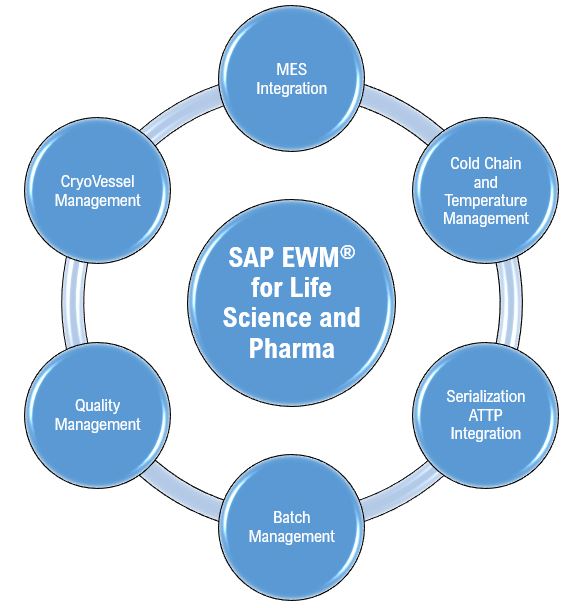In recent years, the financial world in conjunction with technology has witnessed a seismic shift driven by multiple powerful innovations including blockchain and peer-to-peer (P2P) lending. Together, blockchain and P2P lending are reshaping how individuals access credit, invest money, and build trust in financial transactions without relying on traditional banks.
P2P lending enables users or individuals to provide funds or borrow funds other individuals without going through a bank. P2P lending is an alternative to traditional banking methodology where the lending platforms connect borrowers and lenders where lenders earn higher returns than they would from other investment sources and borrowers receive loans at lower interest rates without the need to collateral.
Types of P2P Lending
- Personal Loans is the most popular financial recourse which can be used by borrowers for multiple impetus like debt repayment, property renovation etc.
- Business Loans are available to entrepreneurs for equipment purchases, working cash needs, expansion charges, and beginning costs.
- Student Loans covers the costs of books, tuition and living expenses. The interest rates are rational based on student.
- Medical Loans are used to pay for selective treatment, unexpected medical costs, and other healthcare expenses. These loans are used to pay medical bills in case of medical emergencies.
Key Challenges in Traditional P2P Lending
- High transaction costs and processing time: Traditional lending platforms has the pre-requisite of intermediaries which makes the entire lending process difficult, costly and time consuming which leads to lack of trust between lenders and borrowers which raises the concerns about fraud.
- Security and Fraud Risks: Traditional platforms are vulnerable to swindling and security contravention due to involvement of multiple parties and complex system.
- Information Asymmetry: Borrowers often have more information about their financial situation than lenders, leading to adverse selection and moral hazard. This makes it difficult for lenders to accurately assess risk.
- Limited Global Accessibility: Traditional P2P lending platforms often face geographical restrictions due to local regulatory frameworks and infrastructure limitations. These constraints hinder the ability of borrowers and lenders to connect across borders, thereby limiting the platform’s global reach.
- Lengthy and Complicated Loan Approval: Traditional P2P lending systems typically involve a time-consuming approval process, including manual document verification, credit assessments, and extensive paperwork. This outdated approach not only delays loan disbursement but also negatively impacts the user experience for borrowers.
How Blockchain Enhances P2P Lending
- Blockchain’s immutable and decentralized feature enables tamper proof and transparent record of loan transactions which enhances trusts among users making it easy to verify each transaction thereby reducing fraud.
- By eliminating intermediaries and automating the administrative tasks, blockchain reduces transaction fees and processing time, making lending more profitable for investors and more affordable for borrowers.
- Smart Contracts automate loan disbursement, repayment schedules, and penalties for default, reducing the need for intermediaries.
- Blockchain stores tamper-proof credit histories which is particularly useful in regions with limited access to traditional credit scoring systems. This allows lenders to assess risk more accurately and fairly.
- Blockchain-based P2P platforms operate across borders, enabling global lending and borrowing without currency conversion issues or regulatory bottlenecks.
Use Cases of Blockchain in P2P Lending
- Tokenized Loans: Loans can be tokenized and the tokens represent fractional ownership which allows lender to invest smaller amounts in different loan portfolios which increases accessibility and liquidity.
- Decentralized Lending Platforms: DeFi platforms built on blockchain offer a seamless way for individuals and businesses to lend and borrow funds without intermediaries. These platforms utilize smart contracts to automate complex loan processes with high accuracy, reducing the need for traditional financial institutions like banks.
- Fractionalized Lending: Blockchain enables the division of large loans into smaller portions, allowing individuals with limited capital to contribute to a single loan. This approach not only democratizes lending but also helps lenders diversify their risk and improve liquidity.
- Identity Verification: Identity verification is essential in both centralized and decentralized financial systems. Blockchain enhances this process by securely storing and verifying user identities on a distributed ledger. This allows for automated KYC and AML checks, ensuring transparency and trust among all stakeholders.
- Cross-Border Lending: Blockchain-powered P2P lending platforms break down geographical barriers, enabling borrowers from any location to access loans. Likewise, lenders can expand their investment portfolios by funding loans across different regions, promoting global financial inclusion.
Peer-to-peer lending platforms have significantly transformed the traditional lending model by expanding credit access for borrowers and offering diverse investment opportunities for lenders. Their efficiency, accessibility, and competitive interest rates have pushed conventional financial institutions to adopt technological innovations.
As the P2P lending sector continues to grow, collaboration between regulators and industry stakeholders is crucial to establish a robust regulatory framework. This framework should encourage innovation, safeguard consumers, and ensure the stability of the lending ecosystem. The emergence of P2P lending marks a pivotal shift in financial practices, empowering individuals, and businesses to engage in direct lending and borrowing outside the traditional banking system.








